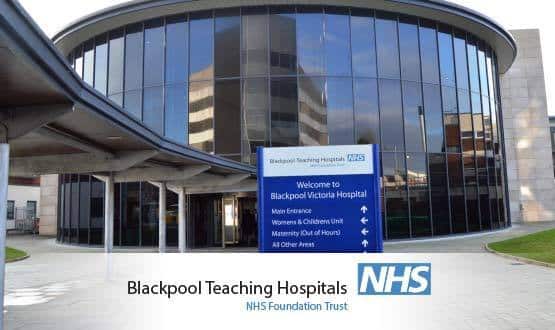Blackpool Teaching Hospitals NHS Foundation Trust will be the third acute trust to deploy the openMaxims electronic patient record.
The trust, which is a long-term user of IMS Maxims software, and which was one of the foundation members of the openMaxims community interest company, will now upgrade its ‘Hearts’ patient administration system to the open source software.
It also plans to use openMaxims to replace its legacy theatre system, the contract for which expires this summer as CSC’s National Programme for IT in the NHS’ contracts come to an end in the North Midlands and East, and to upgrade its emergency department system.
Further core deployments will include bed management and order communications and results reporting. The trust announced last year that it would deploy CSC’s MedChart electronic prescribing, and this will go ahead.
Steven Bloor, the trust’s chief information officer, told Digital Health News: “Our existing PAS is the Hearts PAS and it is 25 years old.
“We will be sad to see it go, because it is very stable and reliable, but the new openMaxims PAS is browser-based and much more modern and flexible.”
Blackpool Teaching Hospitals once looked as if it was going to take a different route. In 2009, it approved a proposal to become the first UK user of the Portuguese system, Alert, which is now in use in its A&E department and some outpatient services.
But in April 2011, it said it was looking to pursue a ‘best of breed’ approach, leaving its Hearts PAS in place, and deploying additional systems on a department by department basis.
In December 2014, it signed up to become a founding member of the openMaxims CIC, alongside St Helen’s and Knowsley Teaching Hospitals NHS Trust and Taunton and Somerset NHS Foundation Trust, which had already announced that it was going to deploy the IMS Maxims EPR.
The second trust to announce that it will implement the system is Wye Valley NHS Trust which, like Blackpool, runs both acute and community services.
Bloor said he expected to see three benefits from the direction the trust is now pursuing. “The first is cost,” he said. “We expect the total cost of ownership over the lifetime of the project to be much lower than pursuing the traditional, proprietary route.
“The second is flexibility. We expect to get input into the code. The third is control. We will have get control over the releases that we deploy.”
He also said he expected to see specific benefits from being part of the CIC.
“We can work with other organisations to make decisions on where the code goes, instead of being dependent on the supplier,” he said.
“We have been talking to Taunton since it decided to go with IMS Maxims. We are also talking to Wye Valley, which is a smaller trust, but interesting to us because it runs community services, which we do as well.”
Bloor said he expects the trust to start implementing openMaxims and its new e-prescribing system “at more or less the same time” over the next 12 months, with a particular focus on the deadline to replace its theatres system.
Eventually, the trust’s vision is to have its 3,000 clinical staff using a single, digital patient record across its hospital sites, which have 830 beds.
“We are going to be very, very busy,” Bloor acknowledged. “We are more than aware of that. But it is not the first time we have gone down this road, and we know where we want to go.
“We are looking forward to working with IMS Maxims on this. We have been working with them for 25 years so far, and it is good to be extending that relationship.”
In a statement, Shane Tickell, chief executive of IMS Maxims, also referred to the company’s long-standing relationship with Blackpool, saying the latest development represents “a significant milestone in our long-standing relationship with the trust.”
However, added: “Being the third NHS trust to opt for an open source EPR adds Blackpool to a growing community whose clinical and financial objectives are being met by moving away from the proprietary model.
“IMS Maxims is working in partnership with these trusts to help them create truly innovative systems that will improve their performance for years to come.”

